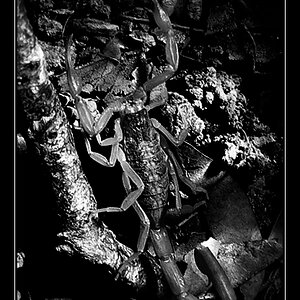smokinphoto
TPF Noob!
If you’re an ethical and honest businessperson, trust me when I say that showing and selling your photos is far less stressful than most beginning professional photographers believe it to be.
You don’t have to dress things up or make your art out to be something it’s not; you don’t have to hard sell or upsell or practice salesman chicanery; you don’t have to do anything that makes you squirm in your seat or leaves you reaching for the Pepto-Bismol.
Your goal when proofing photos for clients and “selling” them files, prints, and products, is simple and noble: do everything within your power to help your client get the most long-term enjoyment possible while staying within their budget.
You don’t have to try and convince your client to buy something they don’t want, but you do want to expose them to options they may not have considered.
You don’t have to dress things up or make your art out to be something it’s not; you don’t have to hard sell or upsell or practice salesman chicanery; you don’t have to do anything that makes you squirm in your seat or leaves you reaching for the Pepto-Bismol.
Your goal when proofing photos for clients and “selling” them files, prints, and products, is simple and noble: do everything within your power to help your client get the most long-term enjoyment possible while staying within their budget.
You don’t have to try and convince your client to buy something they don’t want, but you do want to expose them to options they may not have considered.


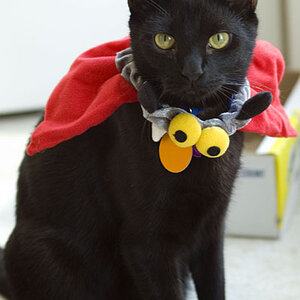
![[No title]](/data/xfmg/thumbnail/42/42471-71fb529e01fae8170cc2a98655bd05e7.jpg?1619740193)

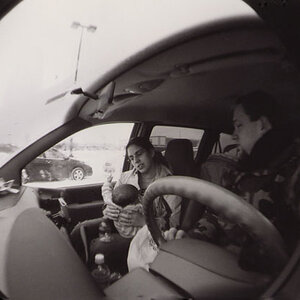

![[No title]](/data/xfmg/thumbnail/42/42472-9229a7111196e5db141ab82c04a4ba48.jpg?1619740193)
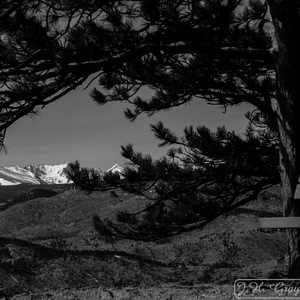
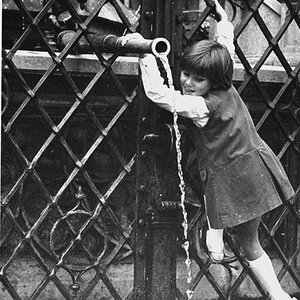
![[No title]](/data/xfmg/thumbnail/37/37659-7302b7a4f9ae50a952748e8b395695fe.jpg?1619738174)
![[No title]](/data/xfmg/thumbnail/37/37488-1946adf246ec6e047915c668d3dcff15.jpg?1619738111)

